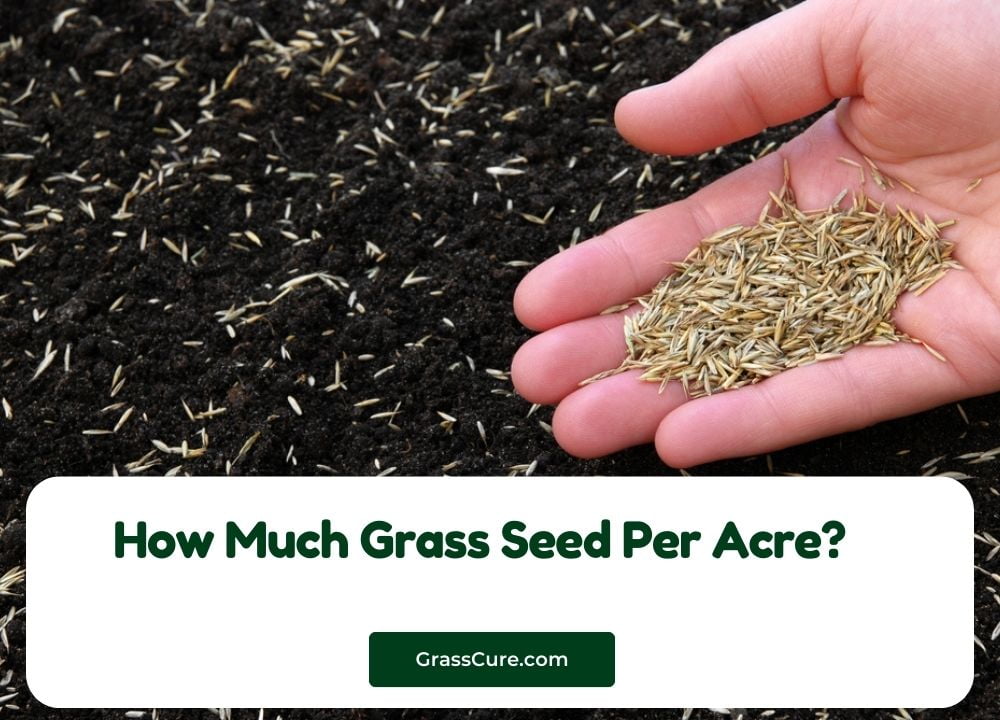A lush, green lawn is a source of pride for many homeowners, but dead grass can quickly diminish that joy. Whether caused by drought, poor soil conditions, or improper lawn care, dead grass can make your outdoor space look unkempt and unattractive. Reviving your lawn is not only beneficial for aesthetics but also enhances the overall health of your landscape. In this article, we’ll explore practical steps and effective techniques to help you breathe new life into your dead grass, ensuring a vibrant and thriving lawn for years to come.
Understanding the Causes of Dead Grass
To effectively revive dead grass, it’s essential to first understand the underlying causes. Several factors can contribute to grass dying, including environmental conditions, soil health, pests, diseases, and lawn care practices. Here’s a closer look at each:
Environmental Factors
- Drought and Water Scarcity: Insufficient watering during dry spells can lead to dehydration, causing grass to wilt and turn brown. Different grass types have varying water requirements, making it crucial to know how much water your lawn needs.
- Extreme Temperatures: Both extreme heat and freezing cold can stress grass. High temperatures can lead to heat stress, while frost can damage sensitive grass varieties, leading to die-off.
Soil Issues
- Poor Drainage: Waterlogged soil can suffocate grass roots, leading to rot and disease. Conversely, compacted soil can restrict root growth and water absorption, contributing to dead patches.
- Nutrient Deficiency: Grass requires specific nutrients, such as nitrogen, phosphorus, and potassium, to thrive. A lack of these essential nutrients can weaken grass and make it more susceptible to stress and disease.
Pest and Disease Problems
- Common Pests: Insects like grubs and chinch bugs can feed on grass roots, leading to brown patches and overall thinning. Identifying and managing these pests is critical for lawn health.
- Fungal Diseases: Various fungal infections, such as brown patch or powdery mildew, can quickly damage grass. These diseases often thrive in warm, humid conditions and can spread rapidly if not treated.
Improper Lawn Care Practices
- Over-Fertilization: Applying too much fertilizer can burn grass and lead to nutrient imbalances. It’s important to follow recommended guidelines for fertilizing your lawn.
- Incorrect Mowing Techniques: Mowing too short can stress grass, making it more vulnerable to pests and environmental stress. Maintaining an appropriate mowing height helps grass retain moisture and thrive.
Assessing the Damage
Before taking action to revive dead grass, it’s crucial to assess the extent of the damage and identify the underlying issues. Here are the key steps to effectively evaluate the health of your lawn:
Identifying Dead vs. Dormant Grass
- Color and Texture Differences: Dead grass typically appears brown and crispy, while dormant grass may turn a lighter shade of brown but retains some flexibility. Gently tug on the grass; if it easily pulls up without resistance, it is likely dead. Dormant grass should still have some root attachment.
Testing Soil Health
- Conducting a Soil Test: A soil test can provide valuable insights into your lawn’s health. It assesses pH levels, nutrient content, and organic matter. Many local extension services or garden centers offer soil testing kits, allowing you to determine if deficiencies or imbalances are contributing to grass problems.
Evaluating Lawn Coverage
- Checking for Bare Patches and Areas of Concern: Walk through your lawn and take note of any bare spots or areas with thinning grass. Identify patterns that may indicate specific problems, such as excessive shade, poor drainage, or pest infestations. Pay attention to the overall coverage; uneven or patchy areas may require targeted interventions.
Reviving Dead Grass
Once you’ve assessed the damage to your lawn, it’s time to take action to revive dead grass. Here are effective strategies to help your lawn recover and flourish:
Reseeding
- Choosing the Right Grass Seed: Select a grass type suitable for your climate, sun exposure, and soil conditions. Popular options include Kentucky bluegrass for cooler areas and Bermuda grass for warmer climates.
- When and How to Reseed: The best time to reseed depends on your grass type. For cool-season grasses, early spring or fall is ideal, while warm-season grasses thrive in late spring or early summer. Prepare the soil by loosening the top layer and spreading seed evenly, followed by light watering to encourage germination.
Watering Techniques
- Proper Watering Methods: Aim for deep, infrequent watering rather than shallow, frequent watering. This encourages roots to grow deeper and helps the grass become more drought-resistant.
- Frequency and Timing for Watering: Water early in the morning to reduce evaporation and fungal growth. Most lawns need about 1 to 1.5 inches of water per week, including rainfall.
Soil Aeration
- Benefits of Aerating Compacted Soil: Aeration improves air, water, and nutrient penetration into the soil, promoting healthier root growth. It can be especially beneficial for lawns with heavy foot traffic.
- How to Aerate Your Lawn Effectively: Use a core aerator, which removes small plugs of soil, or opt for spike aeration tools. Aerate during the growing season for the best results, ideally in spring or fall.
Fertilization
- Types of Fertilizers: Choose slow-release fertilizers to provide a steady supply of nutrients over time. Organic options, like compost or bone meal, are also effective for enhancing soil health.
- How to Apply Fertilizer Correctly: Follow the manufacturer’s instructions for application rates. Fertilize after aeration and reseeding to give new grass the nutrients it needs to establish.
Pest and Disease Control
- Identifying and Treating Common Pests: Regularly inspect your lawn for signs of pests, such as irregular brown patches or increased insect activity. Use appropriate pesticides or natural remedies, such as neem oil, to control infestations.
- Recommended Fungicides for Lawn Diseases: If fungal diseases are suspected, apply a suitable fungicide according to the package instructions. Ensure you identify the specific disease for targeted treatment.
Preventive Measures for Future Lawn Health
To maintain a healthy, vibrant lawn and prevent future issues with dead grass, it’s essential to adopt a proactive approach to lawn care. Here are some key preventive measures to keep your grass thriving:
Regular Maintenance Routine
- Mowing Practices: Mow your grass at the appropriate height for your specific grass type. Generally, keeping grass between 2.5 to 4 inches tall helps retain moisture and encourages deeper root growth. Avoid cutting more than one-third of the grass height at a time to prevent stress.
- Seasonal Care: Establish a seasonal lawn care schedule that includes fertilizing, aerating, and overseeding as needed. Fertilization should align with the growth cycle of your grass, typically in the spring and fall.
Sustainable Lawn Care Practices
- Organic Lawn Care Options: Consider using organic fertilizers and pest control methods to enhance soil health and promote a balanced ecosystem. Composting grass clippings and yard waste can also improve soil nutrients and structure.
- Importance of Mulching and Composting: Mulching grass clippings returns valuable nutrients to the soil and reduces the need for additional fertilizers. Composting provides a rich source of organic matter that improves soil health and moisture retention.
Monitoring Weather Conditions
- Adjusting Care Routines: Stay aware of changing weather conditions, such as heat waves or heavy rainfall, and adjust your lawn care routine accordingly. During periods of drought, increase watering frequency, while during rainy spells, reduce watering to avoid over-saturation.
- Seasonal Adjustments: Be prepared to modify your lawn care practices as the seasons change. For example, in the fall, consider overseeding and applying winter fertilizers to help grass establish before colder temperatures.
Conclusion
Reviving dead grass and maintaining a healthy lawn requires a combination of understanding the underlying causes, assessing damage accurately, and implementing effective revival techniques. By taking proactive steps such as reseeding, proper watering, soil aeration, and appropriate fertilization, you can breathe new life into your lawn and restore its lushness.
Additionally, adopting preventive measures, including regular maintenance, sustainable practices, and monitoring environmental conditions, will help ensure your grass remains vibrant and resilient in the face of future challenges. With dedication and care, you can cultivate a beautiful lawn that enhances the aesthetic appeal of your home and provides a welcoming outdoor space for family and friends. Remember, a healthy lawn is an ongoing commitment that rewards you with beauty and enjoyment throughout the seasons.






